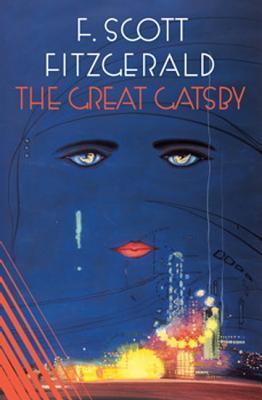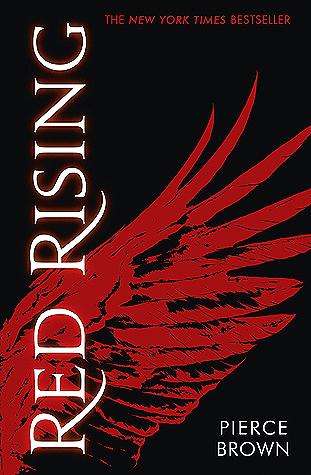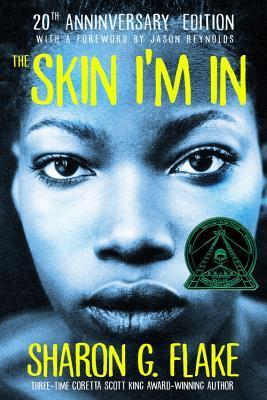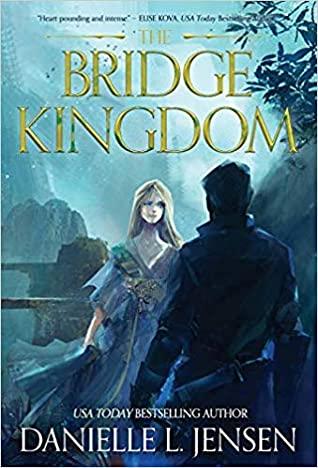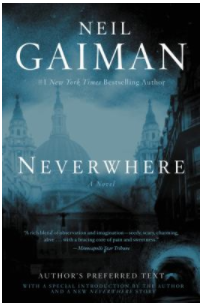Book Review: The Great Gatsby
F. Scott Fitzgerald's "The Great Gatsby" begins with a straightforward introduction to its main character and narrator, Nick Carraway. Nick fancies himself a man of high morals and while he does not always succeed, he tries his best to adhere to his principles at all times. Nick comes from a prominent family in a middle western city; however, after fighting in the Third Infantry Division during World War I, Nick tires of the monotony of the Midwest and goes east — to New York — in order to learn the bond business and in pursuit of more adventure. Nick settles in West Egg, a village that is described best as housing those who are "new money," and is a direct counterpart to East Egg, home to New York's most elite. It is in New York that the we are introduced to Daisy Buchanan, Nick's cousin; Tom Buchanan, Daisy's husband and Nick's former schoolmate; Jordan Baker, the Buchanans' close friend and renowned golfer; and finally, to Jay Gatsby, Nick's neighbor and the titular character of the novel. Nick becomes entangles within the affairs (both literal and figurative) of these characters, as both his fascination and friendship with Gatsby grow.
At face value, "The Great Gatsby" may appear almost to be a soap-opera, but in truth, it is the very opposite. Much like its characters, beneath its shimmering facade, "The Great Gatsby" houses profound and poignant messages and themes — about societal roles, the ever-elusive American dream, and human nature.



